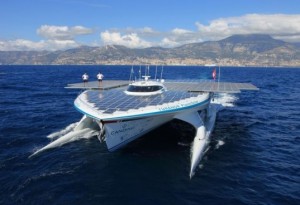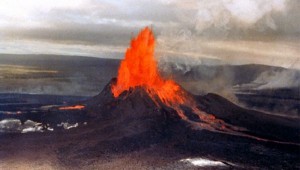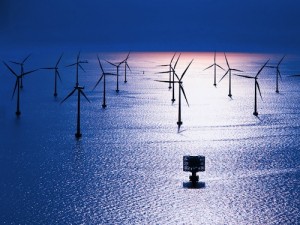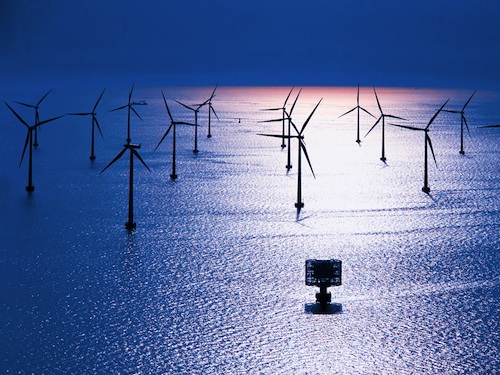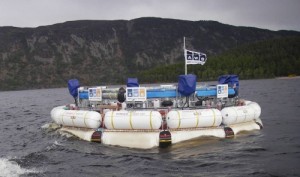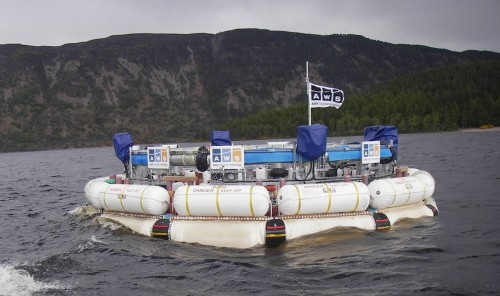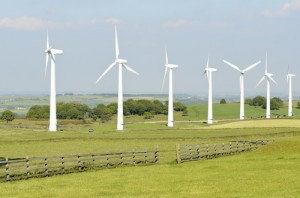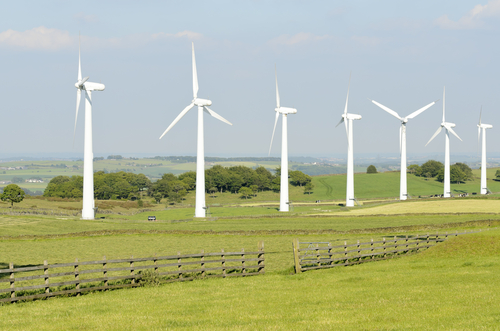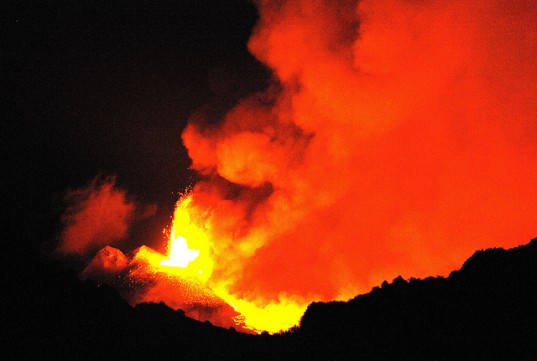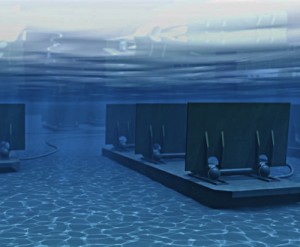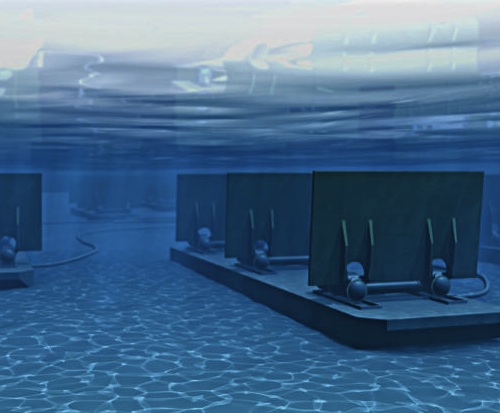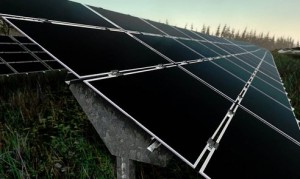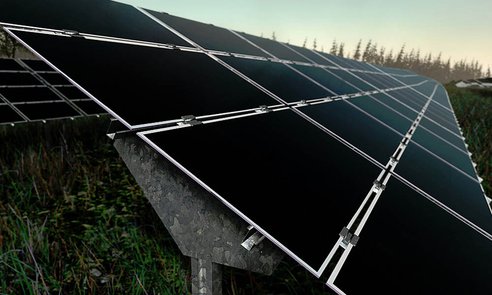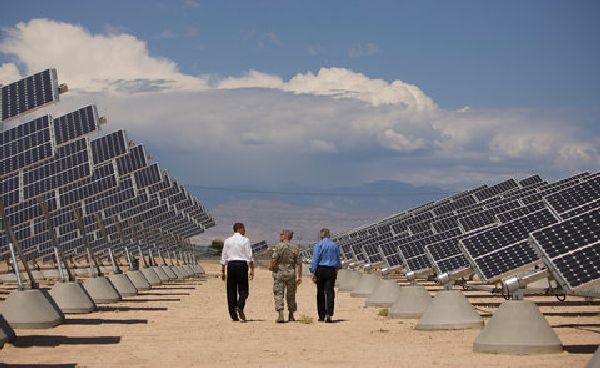
According to a study conducted by ICF, a consulting firm for the US Department of Defense, surplus land at four military bases in the Mojave desert in California could be capable of producing up to 7 Gigawatts of solar power. These bases include, the Edwards Air Force base, Fort Erwin, China Lake and Twenty-nine Palms. Some 37,873 acres of land is available for setting these solar power plants, without impacting the space needs of the military for its ongoing operational needs or for potential future needs. The type of solar power plant to be installed, whether silicon flat panels or solar concentrators, has not yet been determined. If the go-ahead happens, power plant construction could commence by 2015.
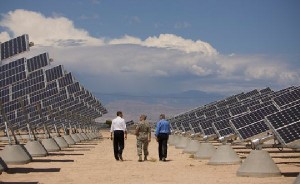
 Follow
Follow